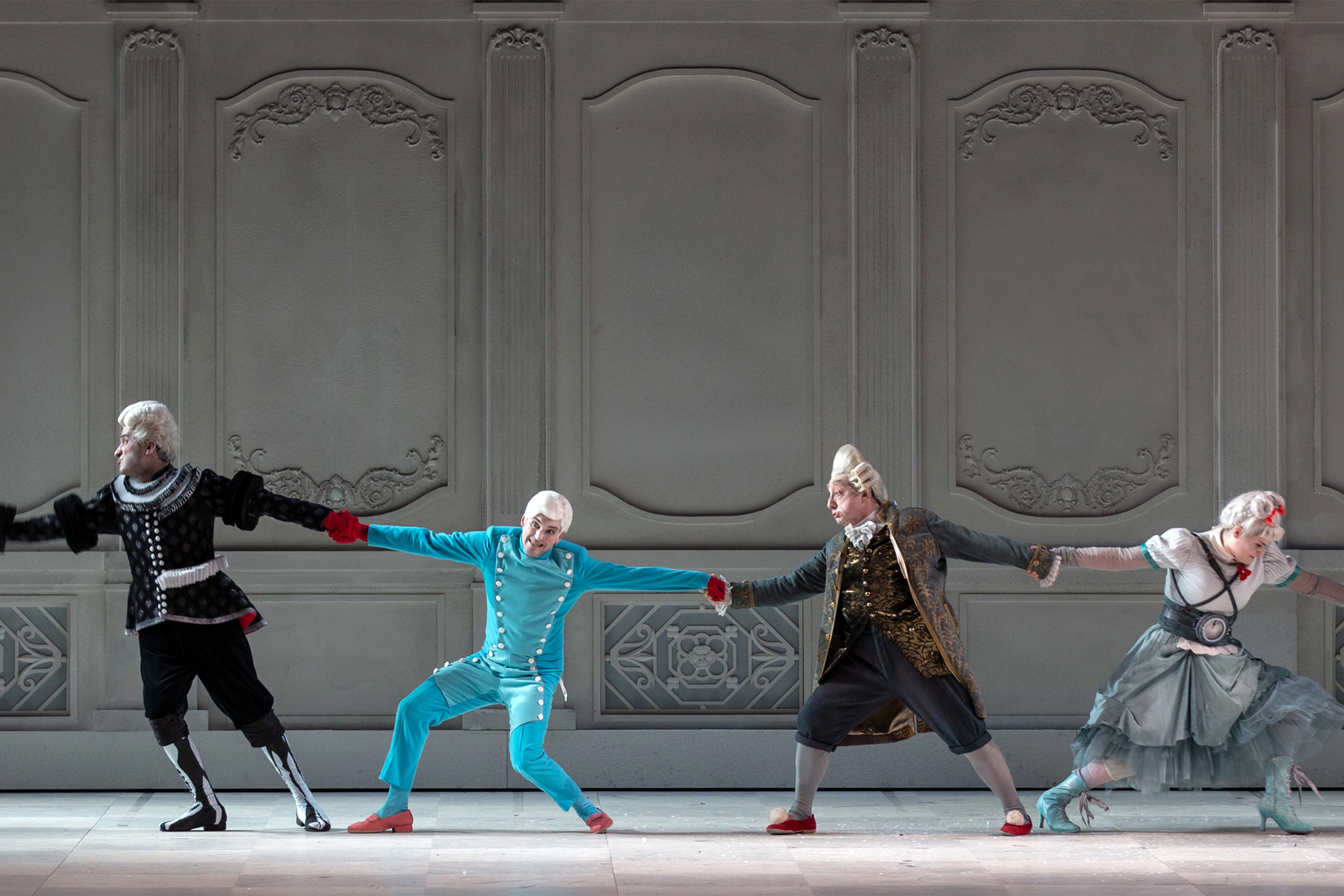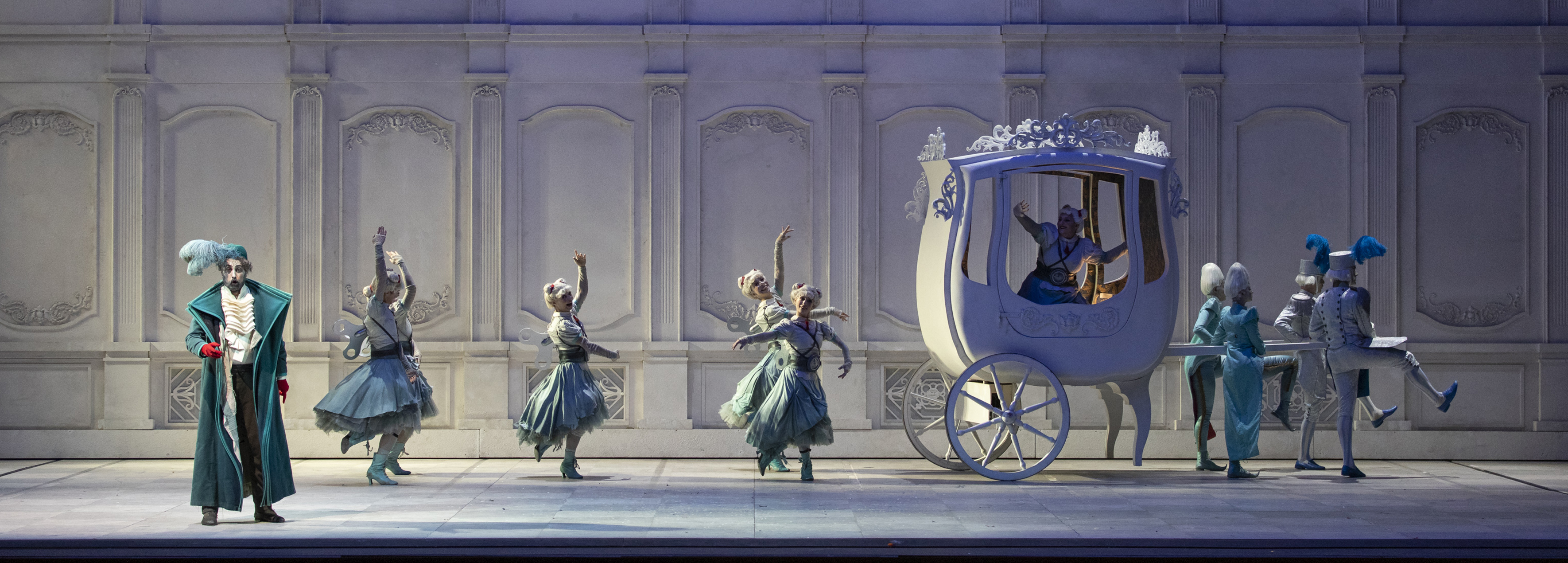
Perrault's original tale abounded in magic – glass slippers, a pumpkin transformed into a carriage –, but that supernatural touch does not exist in La cenerentola: it is an opera of an enlightened era that rejects superstition. However, Jacopo Ferretti presented a well-articulated libretto, with many humorous twists, which served as the basis for Rossini to compose one of his most brilliant and beloved comic operas. After a lukewarm premiere, it conquered the world.
One of the aspects that surprises us the most when we approach La cenerentola for the first time is the great difference between the plot of the opera and Perrault's classic tale. In the tale, as we know, magic is central: the fairy godmother transforms the protagonist into an elegant young woman with beautiful glass slippers, and turns a pumpkin into a carriage and some mice into footmen. But in this opera, there is hardly any of that – not even the shoes, replaced by bracelets –, which means that what remains, more than a fantastic story, is a comedy of errors with a certain bittersweet tone – hence the librettist, Jacopo Ferreti, chose to describe it as melodramma giocoso – and that approached Perrault's tale from a rationalist position.
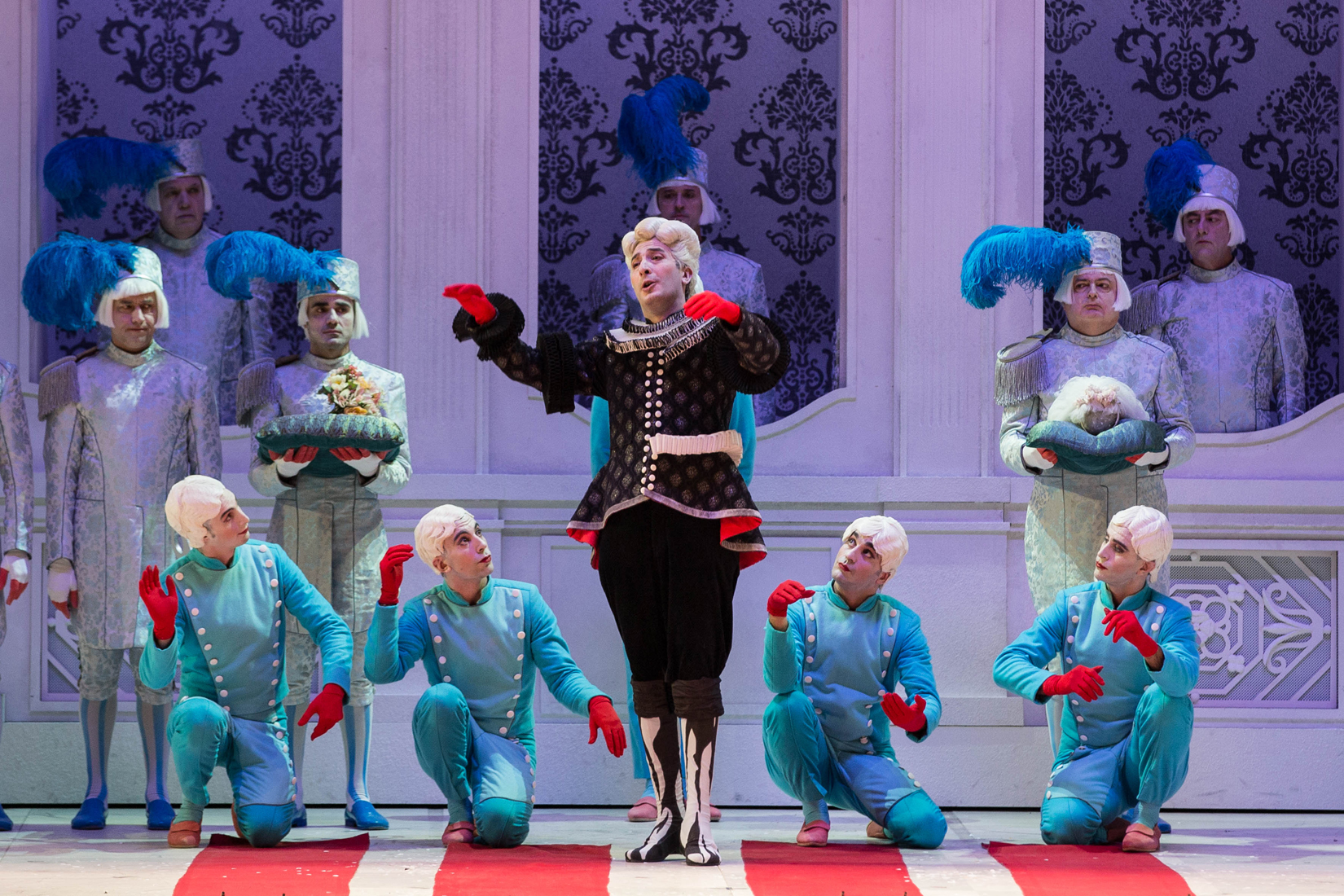
La cenerentola, premiered in Rome in January 1817, is a hinge opera in Rossini's career, as it sits at a midpoint between his dazzling debut in 1810 and his premature retirement in 1829. But it is also for another, more important reason: it was his last great comic opera buffa, composed after The Barber of Seville – a sign, therefore, of the state of grace that Rossini was going through –, before considering definitively working on a more dramatic type of opera. Rossini was the star of European music, and his premieres were counted as triumphs, and he came to La cenerentola by accident: Ferreti had adapted a libretto from two previous texts – which had been transformed into successful operas composed by Nicolas Isouard and Stefano Pavesi –, and presented an impeccable comedy that only lacked music.
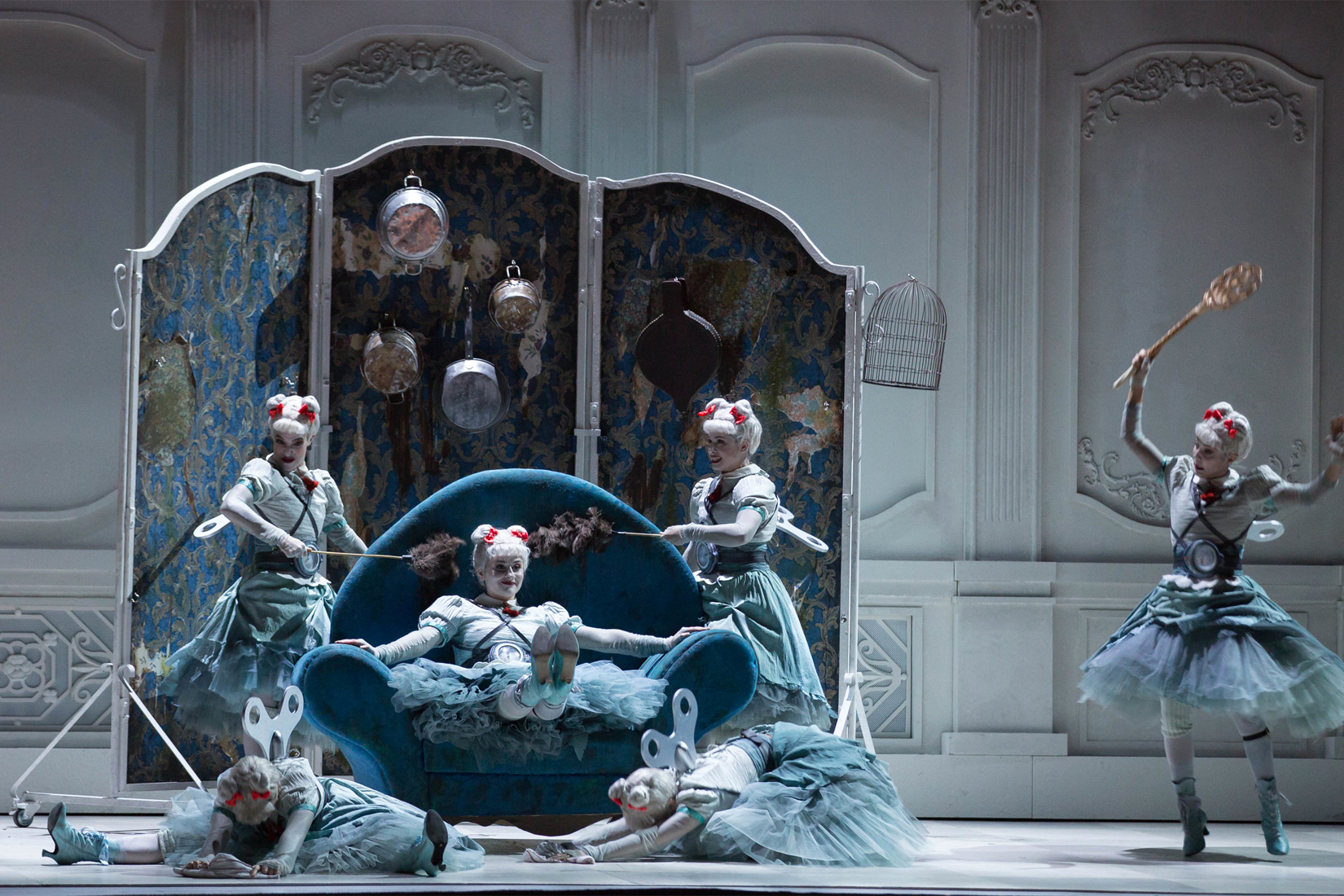
“Estúpid! Abans que s’acabi el carnaval, tothom se n’haurà enamorat, abans que s’acabi l’any l’estaran cantant des de Lilibèon fins a Dora, i en dos anys agradarà a França i sorprendrà els anglesos. Els empresaris s’hi barallaran i, el que és més important, també les prima donnas.”
Rossini, en una carta al llibretista Ferretti.
The materials he drew inspiration from had already smoothed out the supernatural references that were in Perrault's tale because they were products of enlightened Europe, which placed its faith in reason and common sense, and rejected superstition. Moreover, Ferreti even anticipated the Vatican's censorship by removing not only the witchcraft but also the glass slippers since he knew that showing a female foot in Rome – or even an ankle – would have been unacceptable in papal opera. This was the material that Rossini received: accustomed to working at breakneck speed, he completed the score in a few weeks, and La cenerentola was ready for its premiere. It was not a resounding success on its first night, but it conquered the entire Europe a few months later.
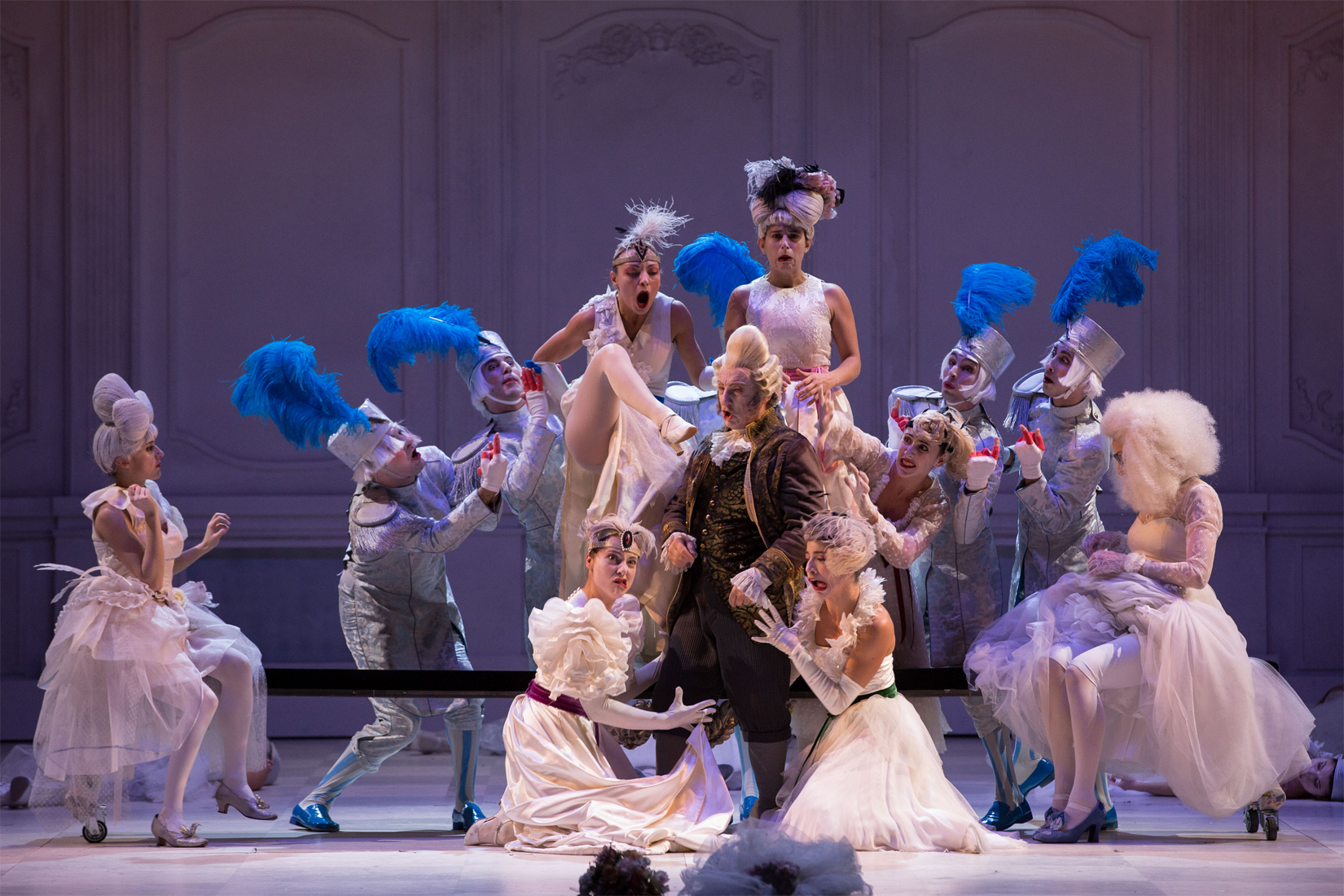
The action takes place in the house of a once-wealthy upper-class family: Don Magnifico is a widower with two daughters, Clorinda and Tisbe, and a stepdaughter, Angelina, whom they call Cenerentola and force to do unpleasant household chores. One day, they receive a surprise visit: Alidoro, an enlightened sage, has recommended to Prince Don Ramiro that he investigate that house full of women because he wants to get married and is looking for the perfect wife.
“While the opera dispenses with the magical touch of the tale, being a work of enlightened Europe, its wild humor compensates for all the loss of supernatural focus”
Don Magnifico is thrilled at the possibility of marrying one of his daughters to such a principal man – it would be the solution to his ruin –, but Don Ramiro, who has disguised his identity by pretending to be a page – his place is taken by Dandini, his servant –, notices Angelina, the only person who treats him with affection and not as a common servant.
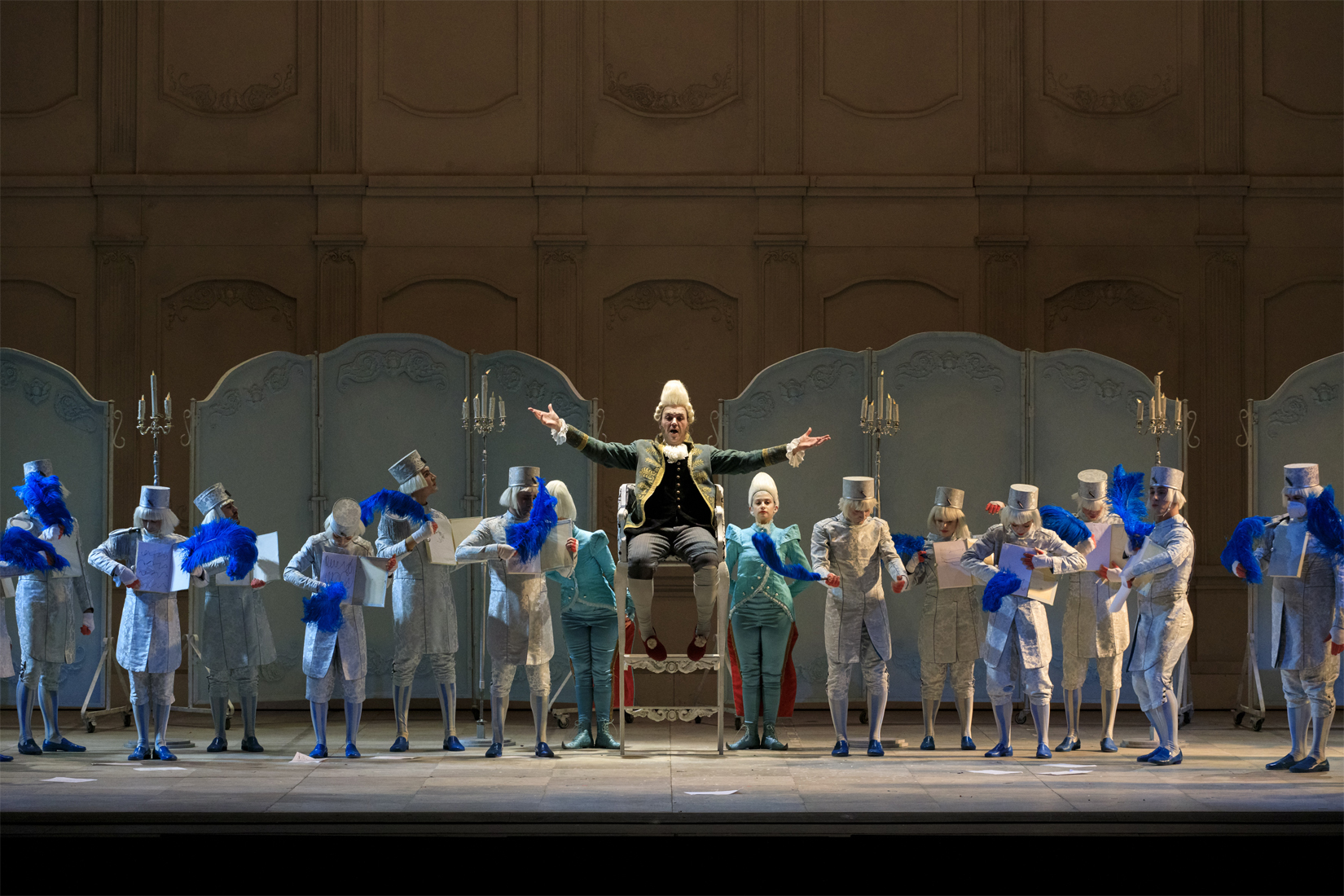
Don Ramino is going to host a grand ball and invites all the girls to present themselves, including Angelina, but Clorinda and Tisbe do not allow her to go. With the help of the wise Alidoro, who knows she is the perfect woman for the prince, Angelina will find the means to go to the ball: there she will dazzle Don Ramiro, who will fall in love with her. But he does not know her identity: the only thing he has to identify her is a bracelet that she gives him before returning home running on the brink of midnight, so that her family does not notice her absence when she returns from the party. The next day, Don Ramino will seek the woman of his dreams and will find her in Angelina: they will marry and live happily ever after.
In short, here is the complete tale of Cinderella... but without magic. However, with overflowing humor, the necessary moral – kindness always has a reward, and evil deserves punishment – and one of the best music ever composed by Rossini in his most resplendent, fast-paced, and laden with catchy melodies creative phase.
